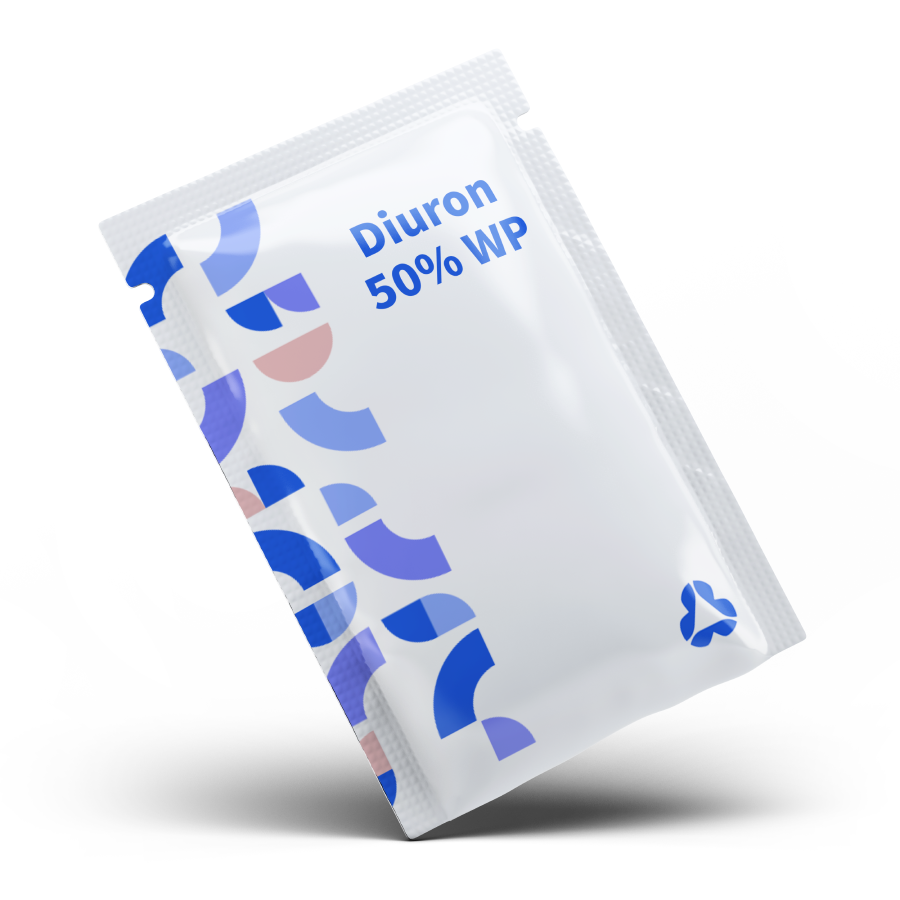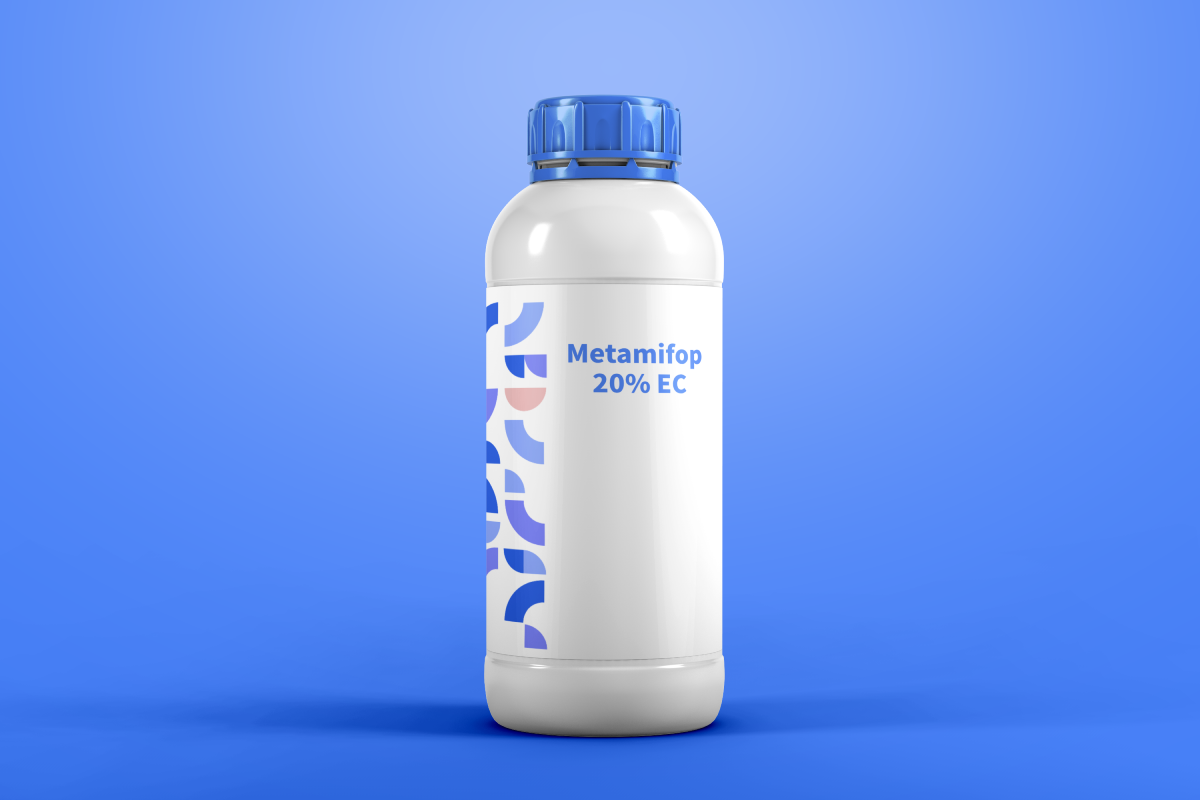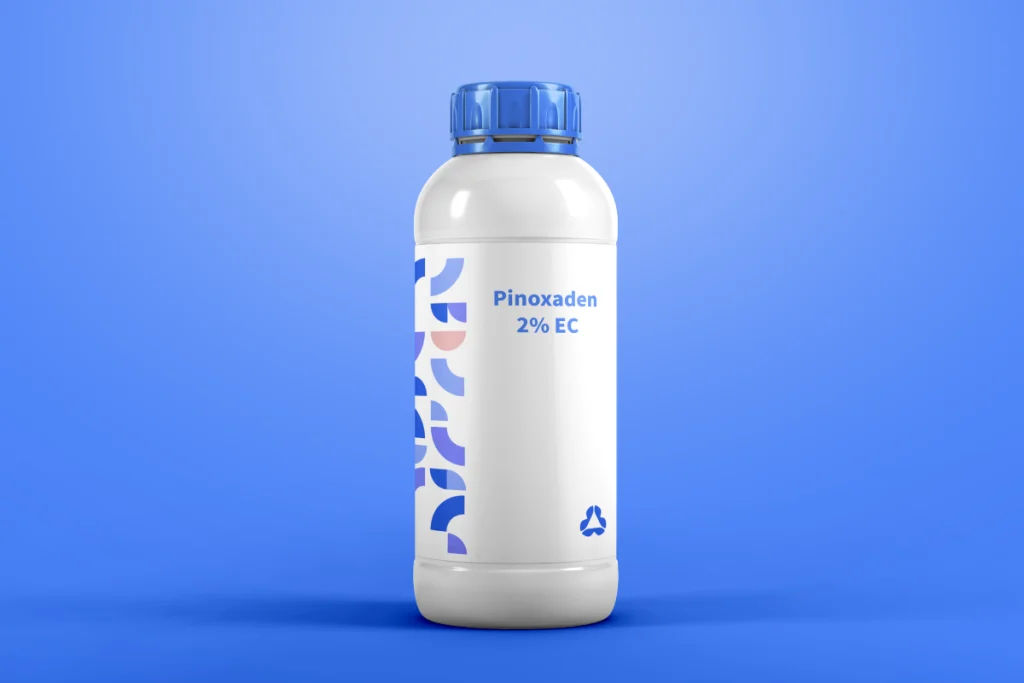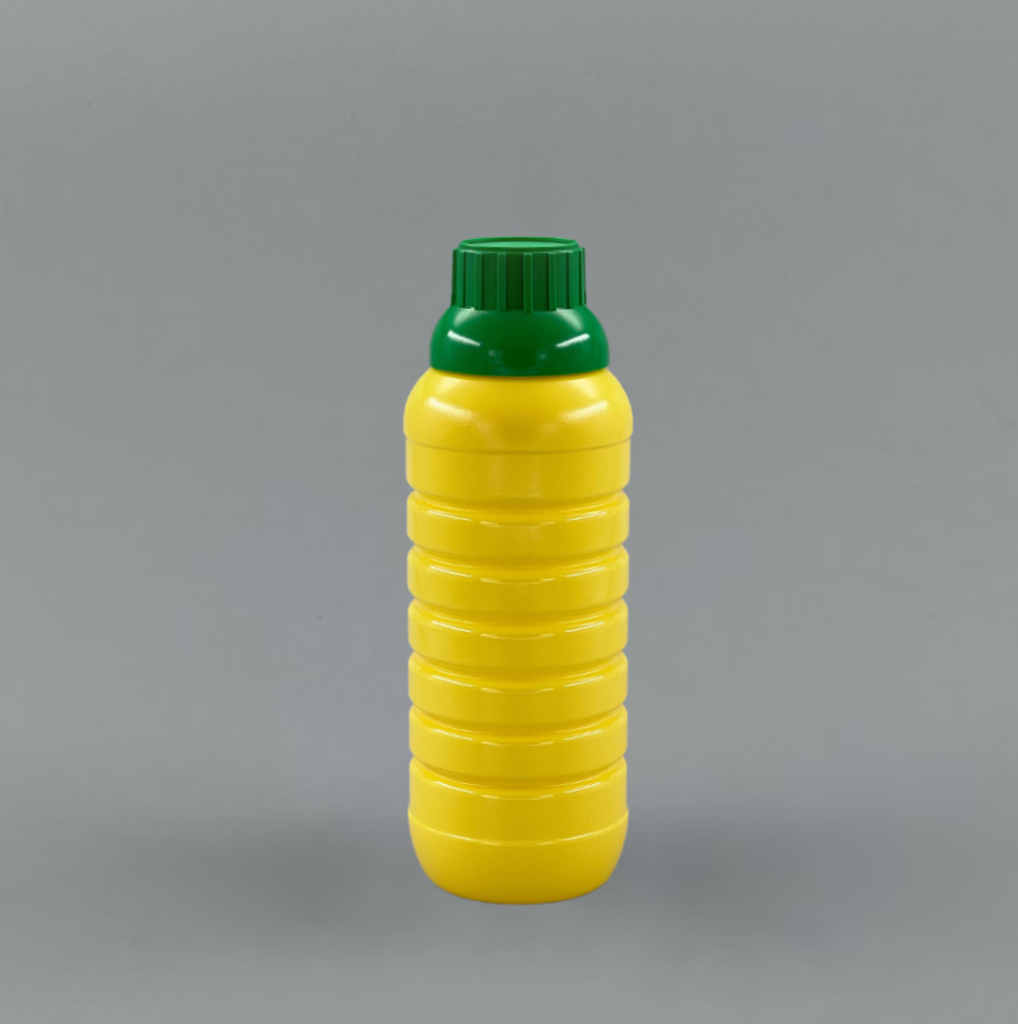Metamifop 20% EC (Emulsifiable Concentrate) is a premium selective herbicide designed for post-emergent control of annual and perennial grassy weeds in rice, soybeans, cotton, and other broadleaf crops. As an aryloxyphenoxypropionate (FOP) herbicide, it inhibits acetyl-CoA carboxylase (ACCase), disrupting lipid biosynthesis in target grasses while leaving dicotyledonous crops unharmed. The EC formulation ensures rapid emulsification in water, providing uniform coverage and enhanced absorption through leaf cuticles.

Diuron Herbicide | Selective Pre- and Post-Emergence Weed Control
Diuron is a systemic herbicide from the urea family, valued for controlling annual grassy and broadleaf weeds in crops like cotton, sugarcane, and potatoes. As



